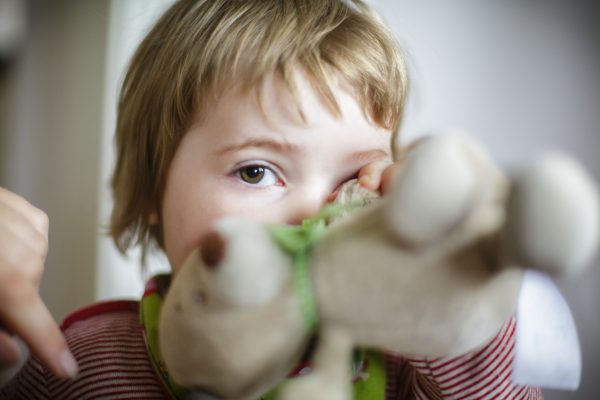
Copyright: Thomas Trutschel/photothek.net
Even at a young age, your child may unintentionally come into contact with forms of violence via media. This can be via a commercial clip that is currently playing on TV or by swiping around on the tablet that is lying around and a video opens on Youtube. A lot of content from movies, videos, or games that is easy for older children, teens, and adults to process can scare young children. They only learn over time to clearly classify what they see on a screen and understand it as a media experience.
Not every depiction of violence has to be physical. Threatening voices and statements, gloomy lighting, or dramatic music can also frighten young children. Therefore, it is especially important during this phase that you accompany and observe your child’s media use. Meanwhile and afterwards, seek conversation, respond to his questions, offer protection and explanations. Make sure your child can only access age-appropriate media.
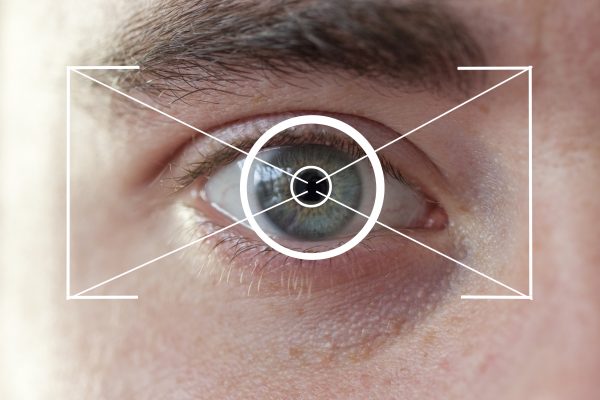
Copyright: photothek.net
Data protection refers to the protection of personal data (e.g. name, date of birth or telephone number) and is a fundamental right in the European Union. Every person has the right to decide what happens to their own data. All companies that use and process such data must ensure data protection. But you should also pay attention yourself, because once information about yourself has been spread on the net, it can be misused.
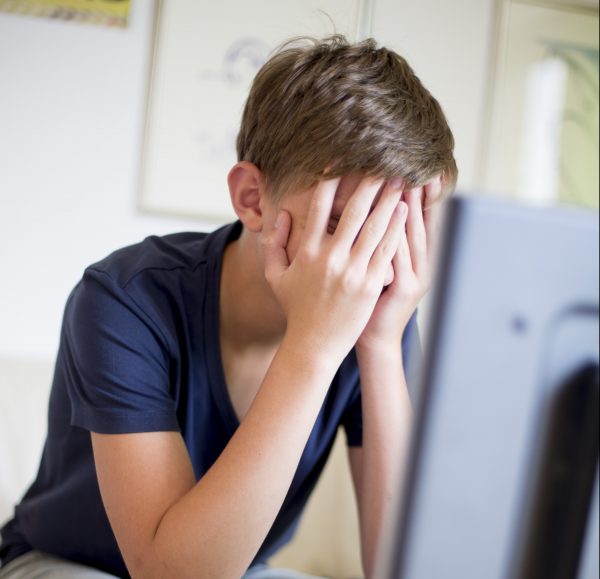
Copyright: Ute Grabowsky/photothek.net
Testing boundaries is important for your child’s development. This may include exposure to content that is not age-appropriate. The Internet in particular makes this easy for them. The depiction of violence, pornography, propaganda and racist content or the depiction of self-injurious behavior should not be expected of children. They can have a frightening effect on children and young people and impair development. However, the effect is highly variable. Therefore, it is imperative to take a close look at this content. Observe how your son or daughter reacts to different media content and talk to your child about his or her media experiences. Protect it from particularly critical content and websites. The age ratings of the youth media protection agencies, pedagogical assessments, and child-friendly Internet offerings will also help you. You can find out more here.
The Internet is full of helpful and entertaining offers. However, apps that are connected to the Internet, video platforms and other online offerings also quickly provide access to content that harbors potential dangers. Age-inappropriate offerings can scare your child. Even the best child and youth protection measures cannot provide comprehensive protection. You can still help your child be as safe as possible.

Copyright: photothek.de
As parents, be aware of the challenges your child may face when using media. This way, you can respond to your child in an emergency and offer assistance. You should not create unnecessary fear in your child in the process. Support the development of healthy skepticism, as well as a desire to use media!
Make sure your child can access age-appropriate content. Setting options on the device or in apps also help here. In addition, guidance in media use is indispensable, especially for young children.
The Internet makes it possible for virtually anyone to express their opinion publicly. However, this is associated with the problem that content or behavior is also presented on the Internet that is generally not considered acceptable. It becomes particularly difficult when children and young people accept such content without giving it much thought or because it seems well-founded. This applies, for example, to offers from radical, extremist associations. They present their ideas, opinions and values as the only correct ones. However, young people and especially children cannot properly assess the significance and consequences of such content. They then no longer know what is right or wrong and become susceptible to manipulation. The communication of such groups also does not provide a good model for the social behavior of children and young people. Hate speech and putting down minorities are examples of this.

Copyright: Ute Grabowsky/photothek.net
Your child should therefore learn to assess such offers and distance themselves from them. It is helpful if you talk to your child about his or her media use right from the start, show him or her appropriate communication behavior, and show him or her how to deal with media critically. It doesn’t help to technically block social networks or similar services. Because this also prevents their positive aspects, such as entertainment and creative use. Various studies have even shown that children and young people who actively deal with offers on the Internet are better prepared for dangers. They can better assess risks and develop their own defense strategies.
The meaning of copyright, privacy, data protection and youth media protection are often difficult to understand even for us adults. Therefore, they should always be made an issue. And you as parents can at least sensitize and sharpen a critical eye for very specific challenges as well. What are the consequences of being too open about yourself and sending revealing pictures? Why not download anything illegally? How can sensitive data be protected? What are the rules on the network and why?
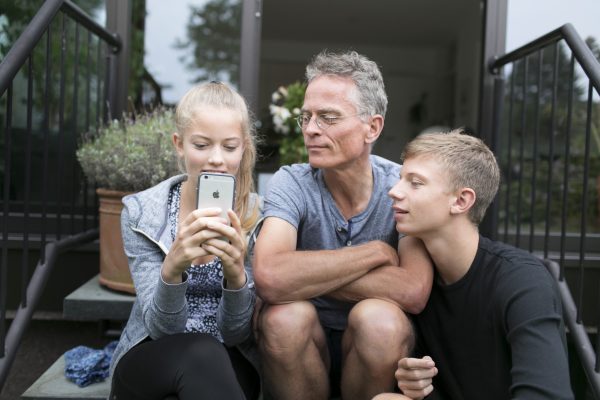
© photothek.net
You should also use the many possibilities offered by the media as an opportunity to talk or to try things out and create things together. You will not always agree on this. But that’s not the point either. It is about giving your child the competence to act independently and responsibly, whether in, with or without media!
Wherever children and young people communicate with each other, they can come into contact with people who have negative intentions. This may involve teaching problematic content or even prompting behavior that harms children. Such contact and communication risks are multifaceted: name-calling, threats and insults are not uncommon. In the case of a repeated occurrence, this can lead to cyberbullying.

Copyright: Thomas Trutschel/photothek.net
Finally, sexually oriented communication, sexual harassment or the initiation of sexual contact and ultimately sexual abuse(cybergrooming) cannot be ruled out. Such risks occur primarily in social networks. Contact can be established primarily via speeches in individual messages, but also via posts on a bulletin board, comments or group messages. Individual messages are particularly problematic because they cannot be seen by others and are therefore more intimate. Children and young people should be able to recognize the danger of such contacts at an early stage and take appropriate countermeasures. These include, for example, blocking or reporting the user or using secure messengers. Try to make it clear to your child that he or she should never follow doubtful prompts. The disclosure of private pictures, addresses or telephone numbers is also taboo. If dangerous contact does occur, your child should feel that he or she can always confide in you. You can read more about this topic in our article“Young and old should be safe online“.
Problem behavior begins when someone harms or threatens to harm themselves or others. This can certainly happen in phases of upheaval, as young people are in strong processes of change in themselves and also in their environment, but it is not the rule.

Copyright: photothek.de
Some close themselves off, others harm themselves, still others tend to be aggressive. All of this can be related to media content and media use, but it almost never has its causes there. The reasons are to be found in the psychological development and the social environment of the child. However, there is also a digital component to this: young people communicate online, obtain information online and seek guidance. Problematic behavior is also shown, discussed and documented on the Internet. There are special forums and social media channels that address violence, self-harm, eating disorders, and dark thoughts. Here, young people can come into contact with others who feel and think similarly to them and get attention they don’t get elsewhere. Particularly unstable and insecure young people can thus be encouraged to do the same as others without questioning content and behavior. If you notice changes in your child and are concerned that he or she is visiting such sites, ask. Get help from outsiders if you get stuck. You can find help offline, e.g. from social pedagogues or psychologists at your child’s school, and from online counseling centers such as the bke.

© photothek.net
It is difficult to make general statements about the effects and consequences of possible problematic content. This also applies to pornographic content. At the very least, they should keep young children away from pornography. For young people, the situation is a bit more complicated. Here it depends strongly on the respective disposition and the concrete content. The blanket assertion that pornographic content gives young people a false image of sexuality is not accurate. They can often distinguish very well between representations in the media and realistic sexuality. However, hard pornography should not be accessible under any circumstances. In particular, such pornographic content that shows violence or otherwise exceeds a level of tolerable freedom can have unexpected consequences. This includes depictions of sexual abuse of children or adolescents. Because such content is usually punishable by law, it should be reported to a complaints office.
Depictions of violence are present in many films, series, games and images. Children and young people are inevitably confronted with it sooner or later. Over time, they must learn to cope and develop strategies to process the representations. This is also a question of age. For this reason, there are restrictions on depictions of violence in the media, which are regulated by the protection of minors in the media. Films and computer games are given an age rating to indicate that the content is only suitable for children over a certain age.
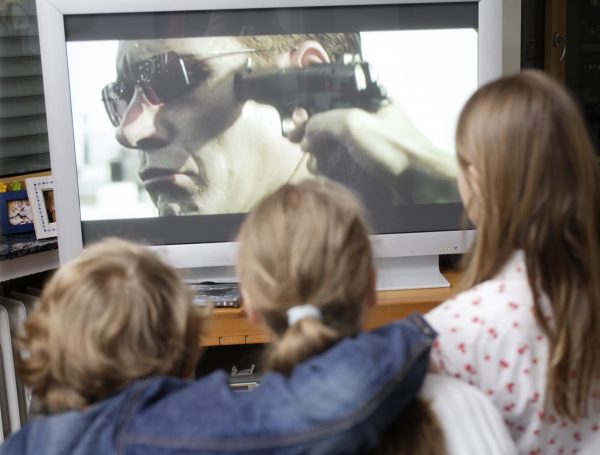
Copyright: T. Imo/photothek.net
At the same time, violence in the media does not automatically lead to children and young people becoming conspicuous, aggressive, frightened or violent. We have to look more closely: Does the depiction of violence make sense for the story or is it just about the joy of bloodshed? Does it take place in a serene or menacingly somber environment? Are the acts of violence trivialized as in some comics or computer games such as Clash of Clans? Is violent action in the medium punished or rewarded? Moreover, not all violence has to be physical. Psychological violence can also be very threatening and frightening. Horror films “play” with the emotion of fear more than there are excessive and threatening depictions of violence.
It is important for children and young people to be able to create a distance to what they perceive and understand that it is not reality. Talk to your child about what he or she has seen and observe how he or she copes with certain media content.
If you find that your child tends to use violence as a way to resolve conflicts, or generally glorifies it, you can seek support from a school social worker or family support agency in your area.